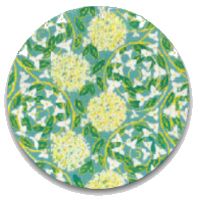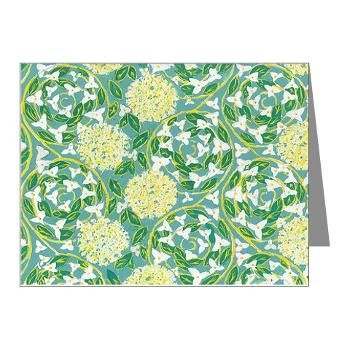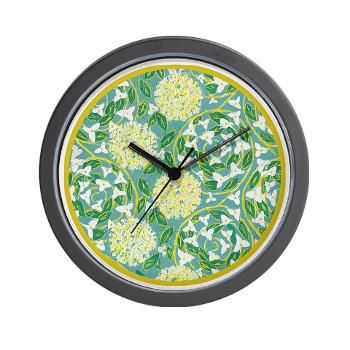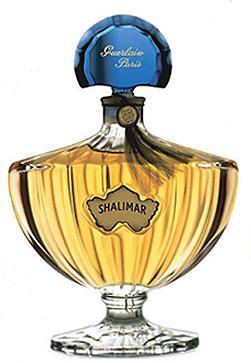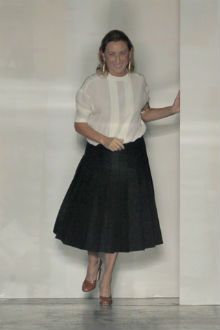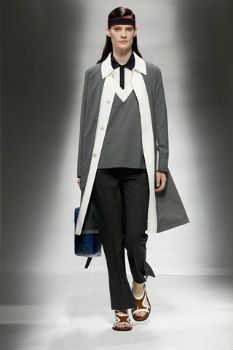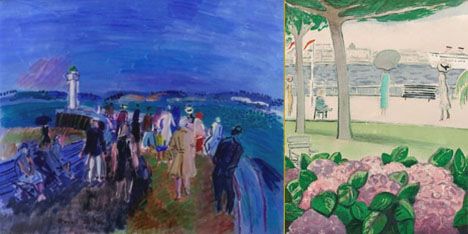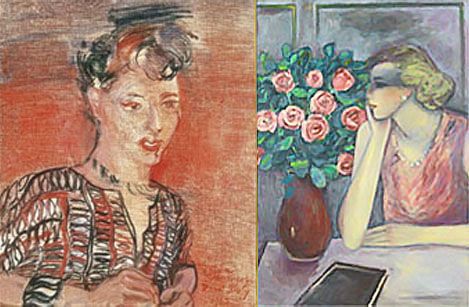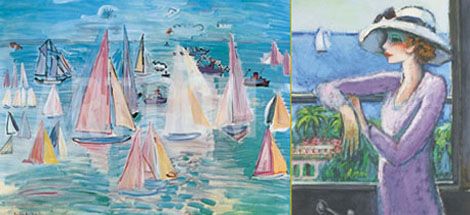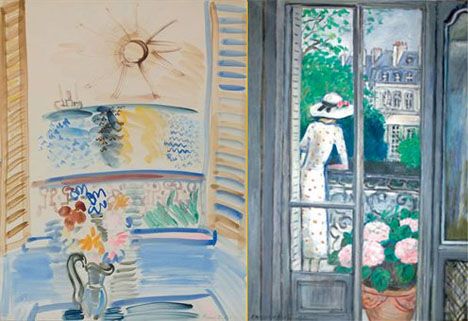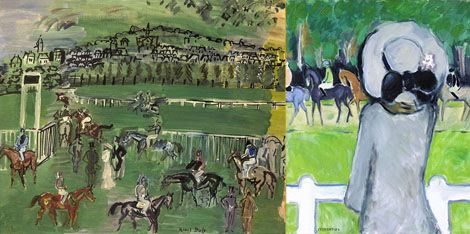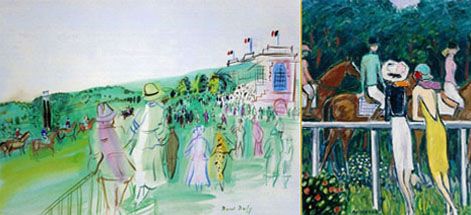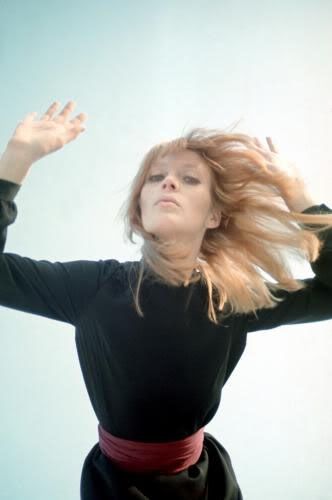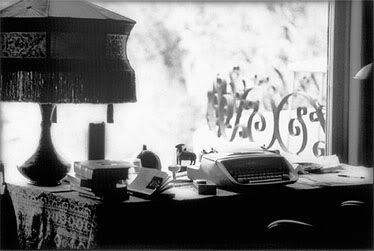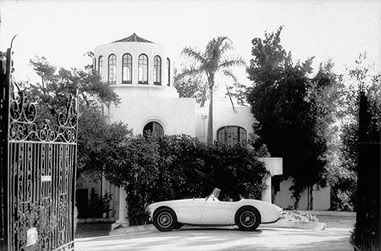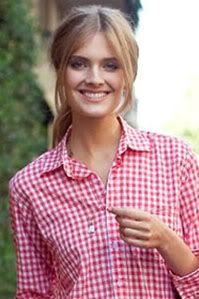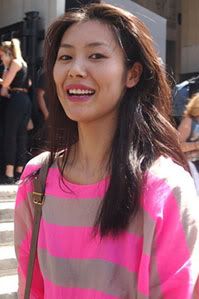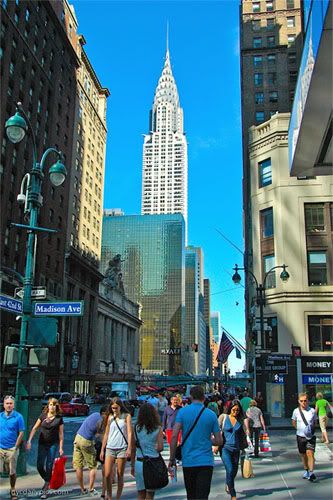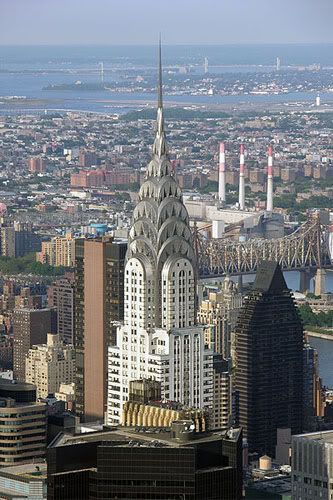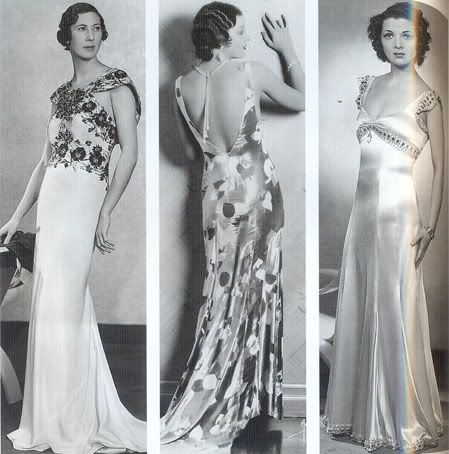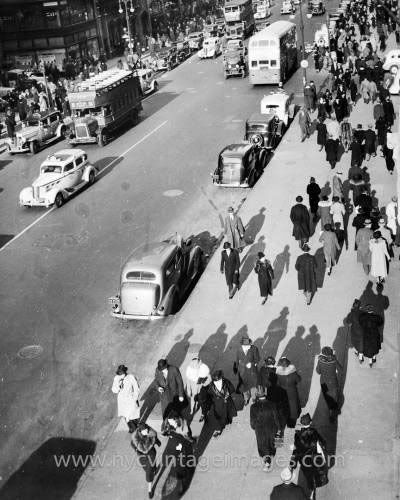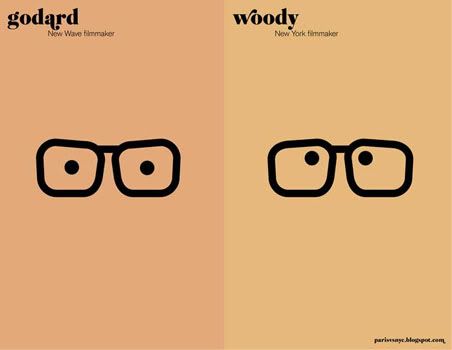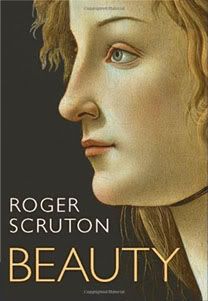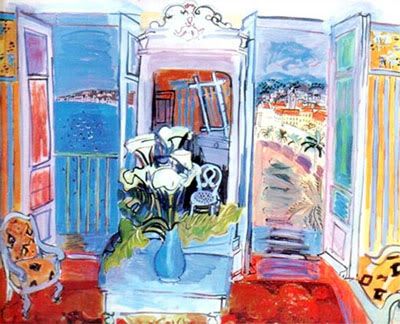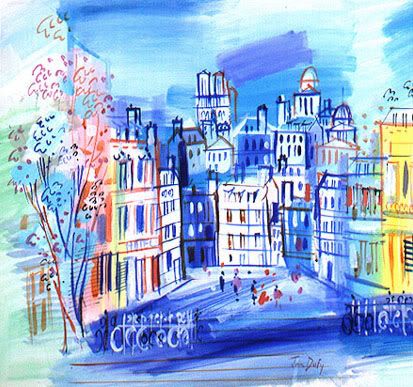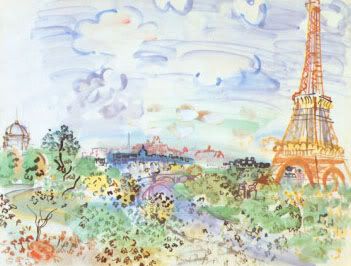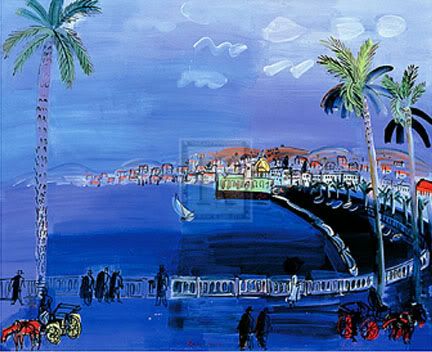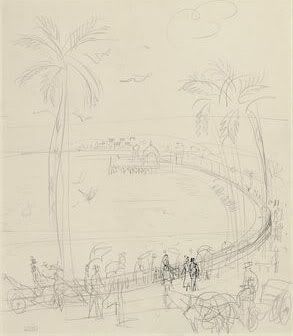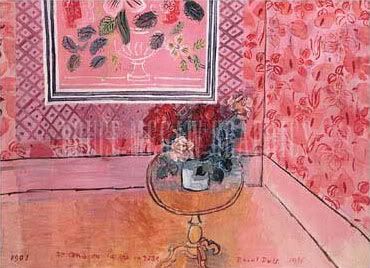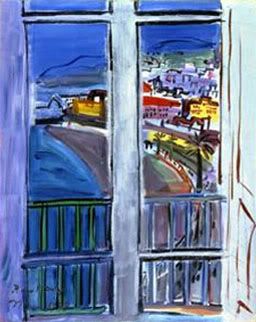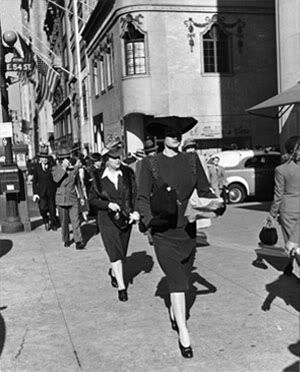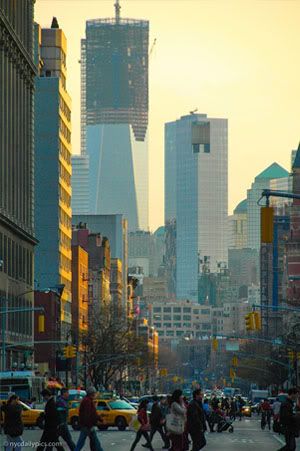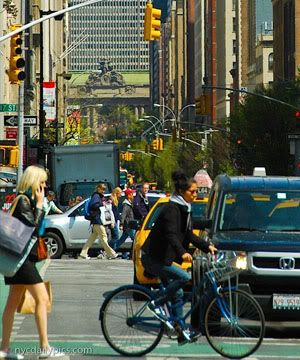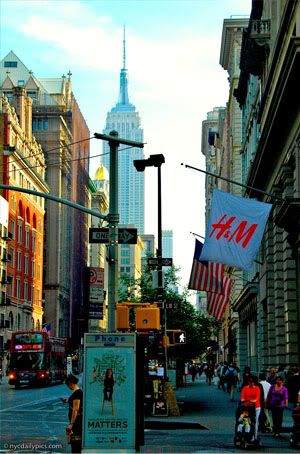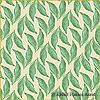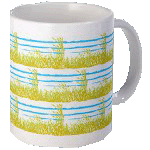Page from the graphic book Paris Versus New York, by Vahram Muratyan
(Captions read: Godard: New Wave Filmmaker, and Woody: New York Filmmaker)
I personally prefer the films of the the eccentric Woody Allen
to those of the harsh Jean Luc Godard
I went to look for the book
Beauty by Roger Scruton from a "specialty" book store in downtown Toronto, but couldn't find the book, nor did the owner know about the book. I was surprised, since I think it is a small, but seminal, piece of work. It even follows some of my own
ideas (please excuse my pomposity!) about beauty as viewed through the centuries, and through different cultures, societies and artistic movements.
Instead, sitting on the shelf right by the register, I found one of those "graphic" books titled
Paris Versus New York: A Tally of Two Cities. This spiked my curiosity, and I skimmed through it. I started to chuckle quietly. The back cover describes the book thus:
A friendly visual match between two cities told by a lover of Paris wandering through New York. Details, cliches, contradictions: This, way please.
It looks to me like the author of this book (an Armenian - I guessed his nationality to the slight surprise of the unrufflable store owner) knows both Paris and New York pretty well, although he clearly prefers to be a Parisian (a lover of Paris, as he describes himself). This makes sense to me since many Armenians I know have close contacts with France, the French and of course Paris.
Personally, I prefer New York. As much as Paris is an exquisitely beautiful city, there is a slight decadence (old-fashionedness?) to the beauty, and anything that has been erected in the last century and a half is a desperate attempt at bringing Paris to a certain modernity. New York, with its soaring buildings and art deco grandeur, took over Paris, and Europe, at least a century ago, and, I think, is still going strong.
Muratyan turned his
blog Paris Versus New York, A Tally of Two Cities into a book of the same name (and, I presume, with many of the same images). He has
prints from his book/blog which are for sale starting at a reasonable $35 for a 10"x8" print. He also works on commission as a graphic
designer/animator for clients such as the fashion house Prada and the
magazine version of the newspaper
Le Monde.
Here is a brief
background on Muratyan:
Paris, New York and everything in-between.
Vahram Muratyan is a French graphic artist. His work mixes commissioned work in print for high-profile clients and personal projects. In the fall of 2010, during a long stay in New York, Vahram launched his first blog, Paris versus New York, a tally of two cities. A site viewed more than 4 millions times, exhibitions at colette and The Standard, eventually the book Paris versus New York, published by Penguin.
Among his new projects, the weekly column La ville est belle in M, the magazine created by Le Monde in France. And recently, the Prada Spring/Summer 2012 special collaboration, Parallel Universes.
The unrufflable owner of the book store wasn't amused that I found
Paris Versus New York amusing. I nonetheless bought the "fun book," as I told his pleasant assistant who was at the cashier, which must have pleased him a little, since (I think) he gave a smile as I paid the $20+tax. "I'll let you know when I find
Beauty" I said confidently. He seemed happy with my offer, and I saw a glint of a smile behind his professorial spectacles. Perhaps he will pick up
Paris Versus New York in the mean time (although it behooves me why he wouldn't find out the whereabouts of
Beauty for himself, except as my theory goes these days, beauty is pretty much
out the door for many people).
I ended up buying
Beauty from the book chain Chapters, which had several copies at hand.
Read More...
^Top

